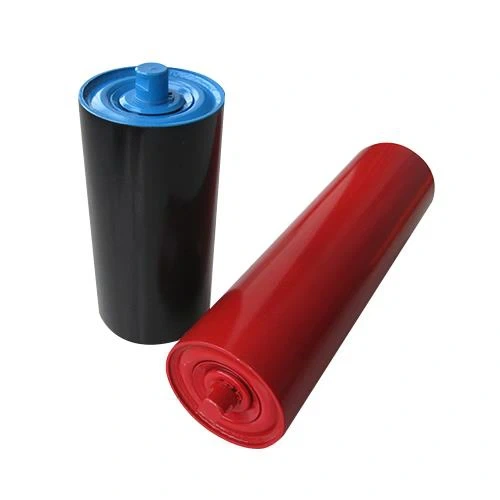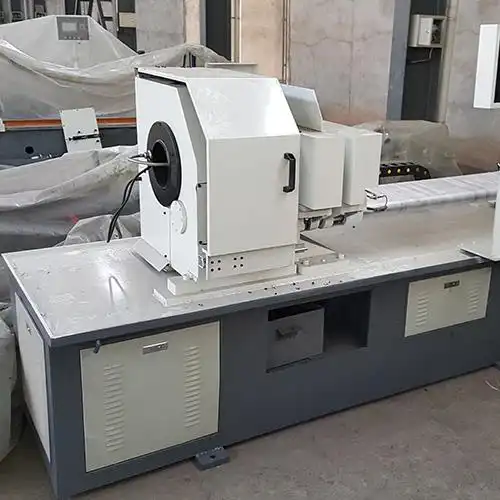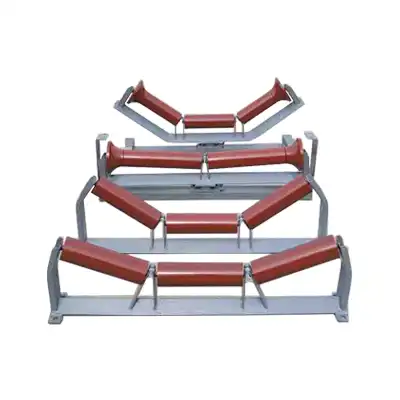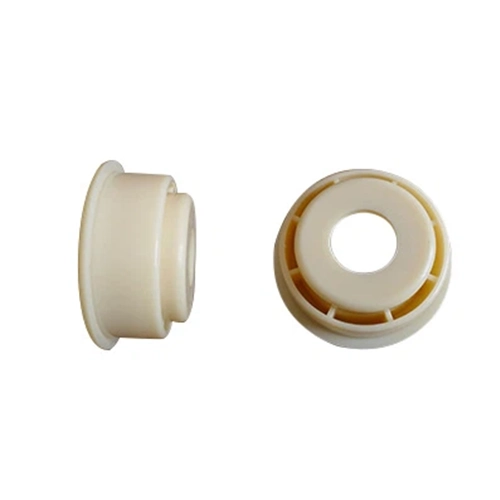- English
- French
- German
- Portuguese
- Spanish
- Russian
- Japanese
- Korean
- Arabic
- Greek
- German
- Turkish
- Italian
- Danish
- Romanian
- Indonesian
- Czech
- Afrikaans
- Swedish
- Polish
- Basque
- Catalan
- Esperanto
- Hindi
- Lao
- Albanian
- Amharic
- Armenian
- Azerbaijani
- Belarusian
- Bengali
- Bosnian
- Bulgarian
- Cebuano
- Chichewa
- Corsican
- Croatian
- Dutch
- Estonian
- Filipino
- Finnish
- Frisian
- Galician
- Georgian
- Gujarati
- Haitian
- Hausa
- Hawaiian
- Hebrew
- Hmong
- Hungarian
- Icelandic
- Igbo
- Javanese
- Kannada
- Kazakh
- Khmer
- Kurdish
- Kyrgyz
- Latin
- Latvian
- Lithuanian
- Luxembou..
- Macedonian
- Malagasy
- Malay
- Malayalam
- Maltese
- Maori
- Marathi
- Mongolian
- Burmese
- Nepali
- Norwegian
- Pashto
- Persian
- Punjabi
- Serbian
- Sesotho
- Sinhala
- Slovak
- Slovenian
- Somali
- Samoan
- Scots Gaelic
- Shona
- Sindhi
- Sundanese
- Swahili
- Tajik
- Tamil
- Telugu
- Thai
- Ukrainian
- Urdu
- Uzbek
- Vietnamese
- Welsh
- Xhosa
- Yiddish
- Yoruba
- Zulu
What Is Belt Conveyor Roller Design?
2024-07-16 17:07:45
Belt conveyor roller design is a crucial aspect of conveyor systems, impacting their efficiency, durability, and overall performance. Understanding the key elements of roller design is essential for optimizing conveyor operations. In this blog post, we'll explore the fundamentals of belt conveyor roller design, addressing common questions and providing valuable insights.
How Does Roller Diameter Impact Conveyor Performance?
The diameter of conveyor rollers is a critical factor influencing conveyor performance in various industrial applications. Larger diameter rollers offer several advantages that contribute to enhanced efficiency and longevity of the conveyor system.
Firstly, larger diameter rollers can handle heavier loads more effectively. They distribute the weight of conveyed materials over a larger surface area, reducing the pressure on the conveyor belt. This distribution minimizes stress on the belt and its supporting structure, preventing premature wear and potential damage. As a result, conveyor systems with larger diameter rollers are better equipped to handle bulk materials and maintain operational integrity under heavy-duty conditions, such as in mining, quarrying, and construction industries.
Moreover, larger diameter rollers help to mitigate belt sagging in Belt Roller Layout. Belt sagging occurs when the conveyor belt deflects under the weight of conveyed materials, leading to inefficiencies and potential conveyor malfunctions. By supporting the belt more effectively, larger diameter rollers reduce sagging, ensuring smooth material transport and minimizing the risk of spillage or jamming.
Additionally, the increased rotational inertia of larger diameter rollers contributes to smoother operation and reduced energy consumption. This inertia helps to maintain momentum, requiring less frequent starts and stops, which can contribute to overall energy savings in conveyor systems.
Furthermore, larger diameter rollers typically have larger bearings and shafts, which enhance their load-bearing capacity and durability. This robust construction reduces maintenance requirements and extends the service life of the rollers, further improving the reliability and cost-effectiveness of conveyor operations.
In conclusion, choosing the appropriate diameter for conveyor rollers is crucial for optimizing conveyor performance. Larger diameter rollers offer superior load-handling capabilities, reduce belt sagging, improve energy efficiency, and enhance overall reliability in industrial material handling applications.
What Are the Key Considerations in Roller Material Selection?
Selecting the right material for conveyor rollers involves several key considerations that impact their performance and longevity in industrial applications, especially in Conveyor Roller System Design. The choice of material significantly affects factors such as durability, resistance to wear and corrosion, load-bearing capacity, and overall operational efficiency of the conveyor system.
Steel is a popular choice for conveyor rollers due to its strength and durability. Steel rollers are capable of handling heavy loads and abrasive materials, making them suitable for demanding applications in industries like mining, construction, and manufacturing. They offer excellent resistance to wear and can withstand harsh environmental conditions. However, steel rollers can be susceptible to corrosion in certain environments, requiring appropriate surface treatments or coatings to enhance longevity.
Plastic rollers are valued for their lightweight nature, corrosion resistance, and versatility. They are often used in applications where reduced noise levels, non-conductive properties, or resistance to chemicals are important considerations. Plastic rollers can also be cost-effective and easier to maintain compared to steel rollers. However, they may have lower load-bearing capacities and be less durable under heavy-duty conditions.
Rubber rollers provide cushioning and impact absorption, making them ideal for applications where material handling involves fragile or delicate products. Rubber rollers reduce noise levels and vibration, contributing to a quieter and smoother conveyor operation. They are resistant to abrasion and can offer good grip on conveyor belts, preventing slippage. However, rubber rollers may have limitations in terms of load-bearing capacity and durability compared to steel or plastic rollers.
When selecting roller materials, factors such as the type of conveyed materials, environmental conditions, required maintenance, and cost considerations should be carefully evaluated. By choosing the most appropriate material based on these considerations, conveyor system operators can optimize performance, reduce maintenance costs, and extend the service life of their equipment.
What Are the Different Types of Roller Configurations?
Roller configurations play a pivotal role in determining how a conveyor system operates and interacts with the conveyed materials. There are several key types of roller configurations, each designed to accommodate different material handling needs and conveyor system designs.
Troughed Rollers
Troughed rollers are designed with a concave configuration that helps to center and guide the conveyor belt along its path. This configuration is particularly effective for conveying bulk materials or loose items that might otherwise spill off a flat conveyor belt. Troughed rollers prevent material from sliding sideways and facilitate efficient material transport, reducing the risk of spillage and improving conveyor stability.
Flat Rollers
Flat rollers have a straight, flat surface that supports the conveyor belt uniformly across its width. This configuration is suitable for applications where the conveyed materials are relatively stable and do not require the guidance provided by troughed rollers. Flat rollers are commonly used in lightweight or delicate material handling operations where maintaining product integrity is essential.
Impact Rollers
Impact rollers are designed with reinforced structures and resilient materials to absorb the impact of heavy or sharp-edged materials falling onto the conveyor belt. They are typically used in areas where the conveyor belt is subjected to significant impact forces, such as loading zones or transfer points. Impact rollers help to protect the conveyor belt from damage and extend its service life by minimizing wear and tear.
Training Rollers
Training rollers are used to adjust the alignment and tracking of the conveyor belt along its length. They are often positioned on the return side of the conveyor system and help to maintain proper belt alignment, reducing the risk of belt mistracking and potential damage to the conveyor structure.
Self-Cleaning Rollers
Self-cleaning rollers feature designs that prevent material buildup on the roller surface, particularly in applications where sticky or adhesive materials are conveyed. These rollers help to maintain optimal conveyor performance by reducing maintenance requirements and ensuring consistent material flow.
Conclusion
Belt conveyor roller design is a complex yet critical aspect of conveyor system optimization. By considering factors such as roller diameter, material selection, and configuration, businesses can enhance their conveyor performance and achieve greater operational efficiency.
References
1.Harrison A, Crook AD, Noble B. Reducing conveyor belt damage with impact rollers. Proc Inst Mech Eng Part E J Process Mech Eng. 2013;227(2):85-93.
2.Zhang Y, Liu L, Zhang X, et al. Design and performance analysis of a novel impact roller with rubber rings. J Vibroeng. 2020;22(8):2291-2300.
3.Kitchen PJ, Reicks AL. Design and optimization of idler rollers for belt conveyors. Bulk Solids Handling. 2015;35(2):98-104.
4.Liu S, Li X, Zhao J, et al. Dynamic analysis and experimental study of belt conveyor rollers. Adv Mater Res. 2015;1089:297-302.
5.Harrison A, Cook B, Martin G. A practical guide to the use of impact rollers in the Australian mining industry. Aust Min Rev. 2017;64(3):67-72.
6.Zhang W, Liu Y, Liu H, et al. Design and optimization of carbon steel troughing rollers for heavy-duty conveyor applications. Proc Inst Mech Eng Part E J Process Mech Eng. 2019;233(5):991-1003.





